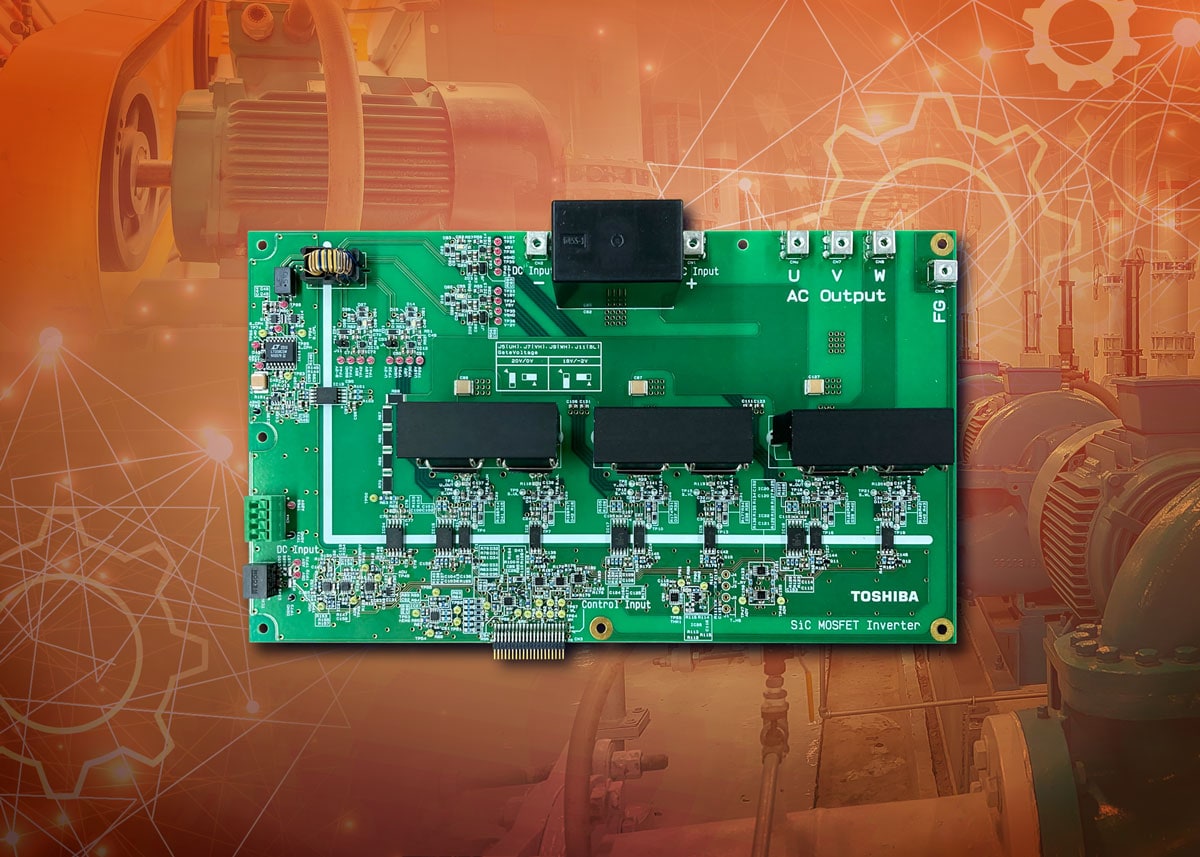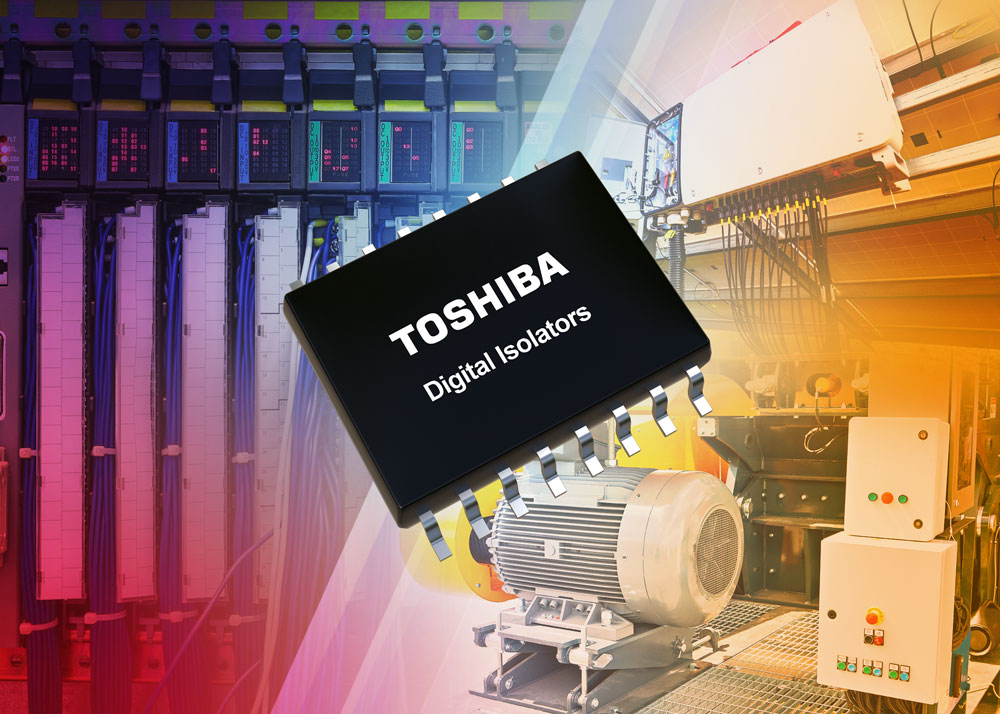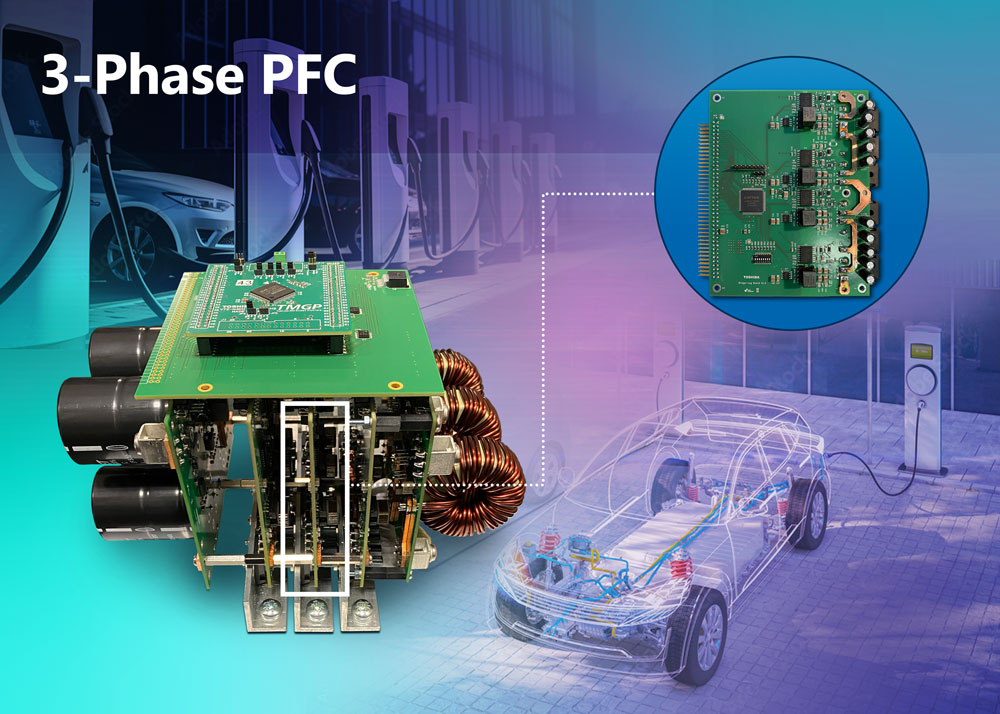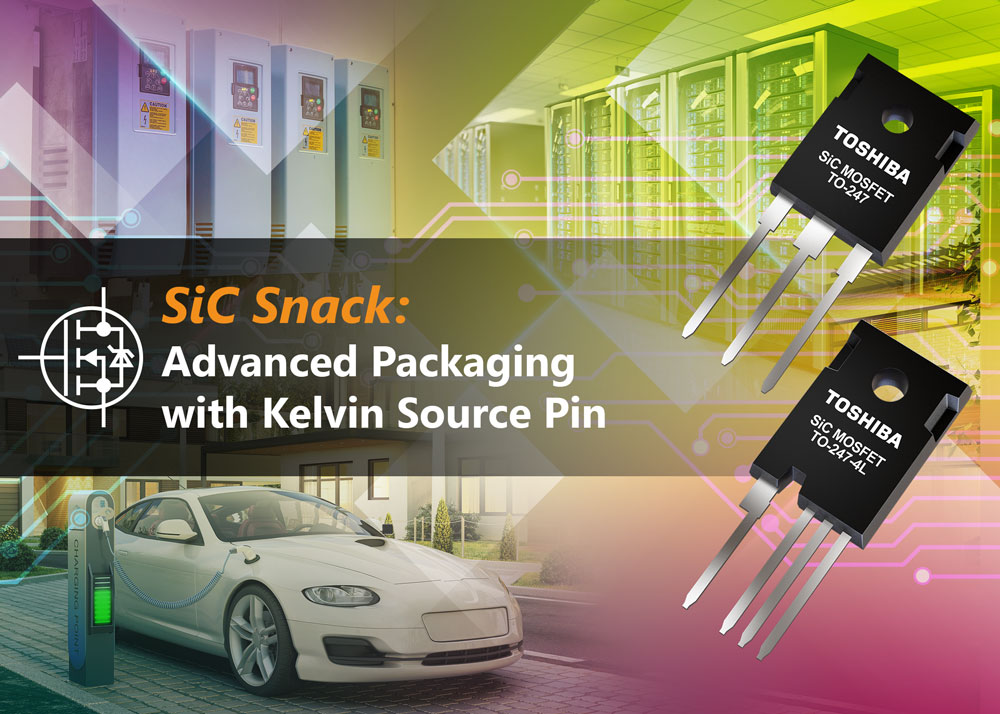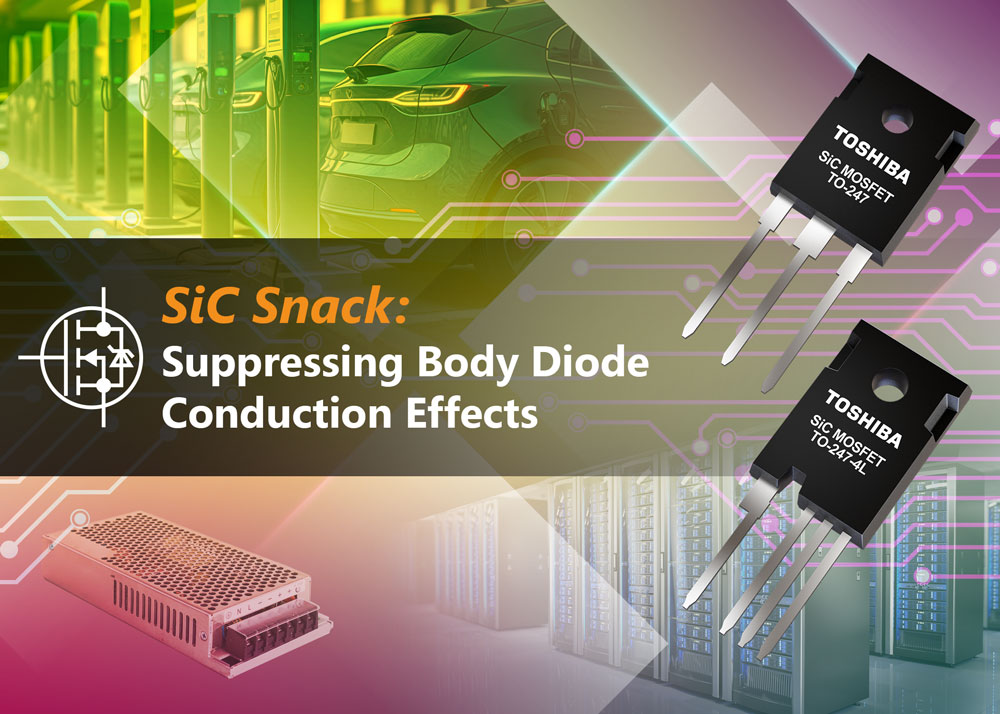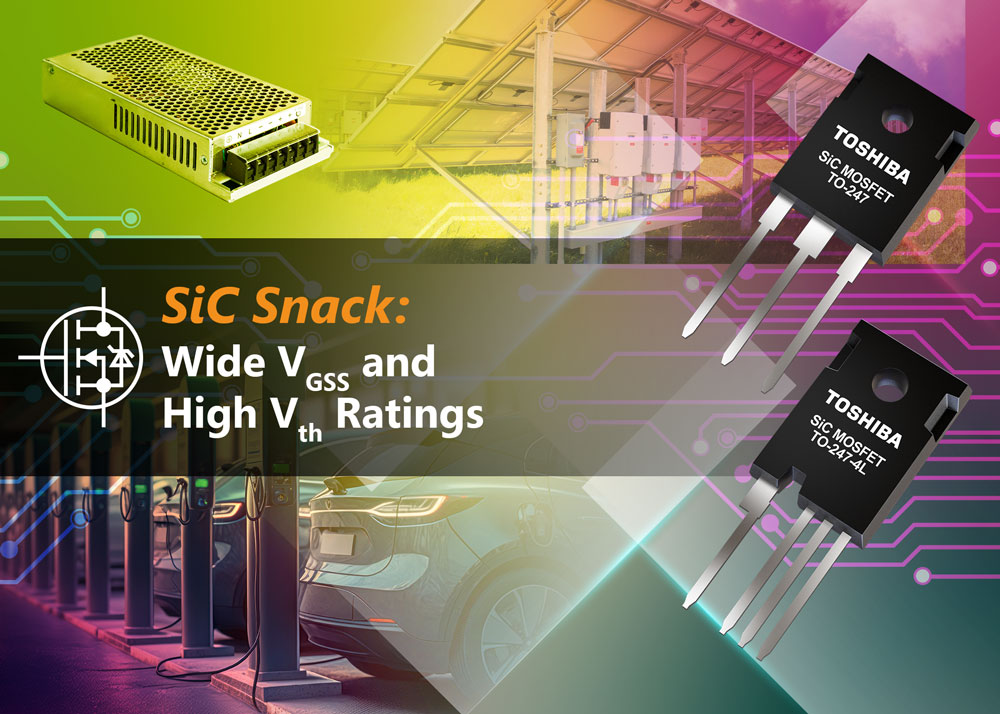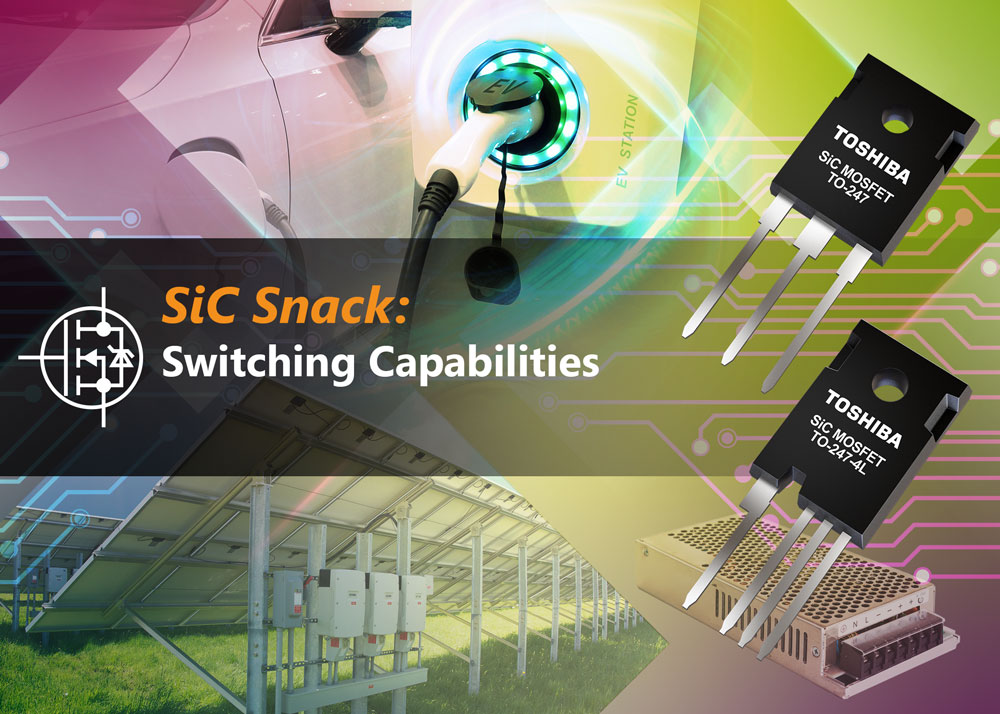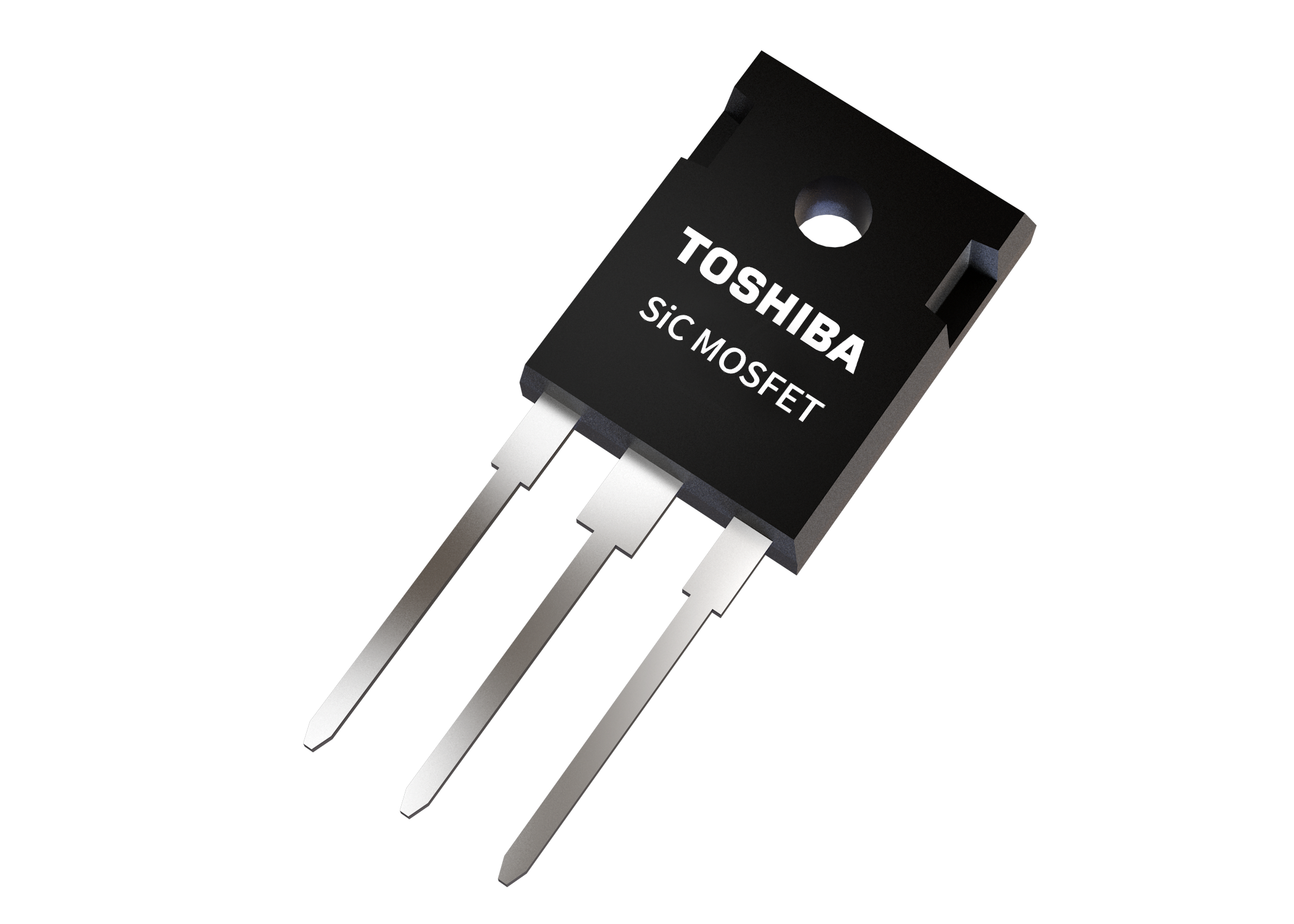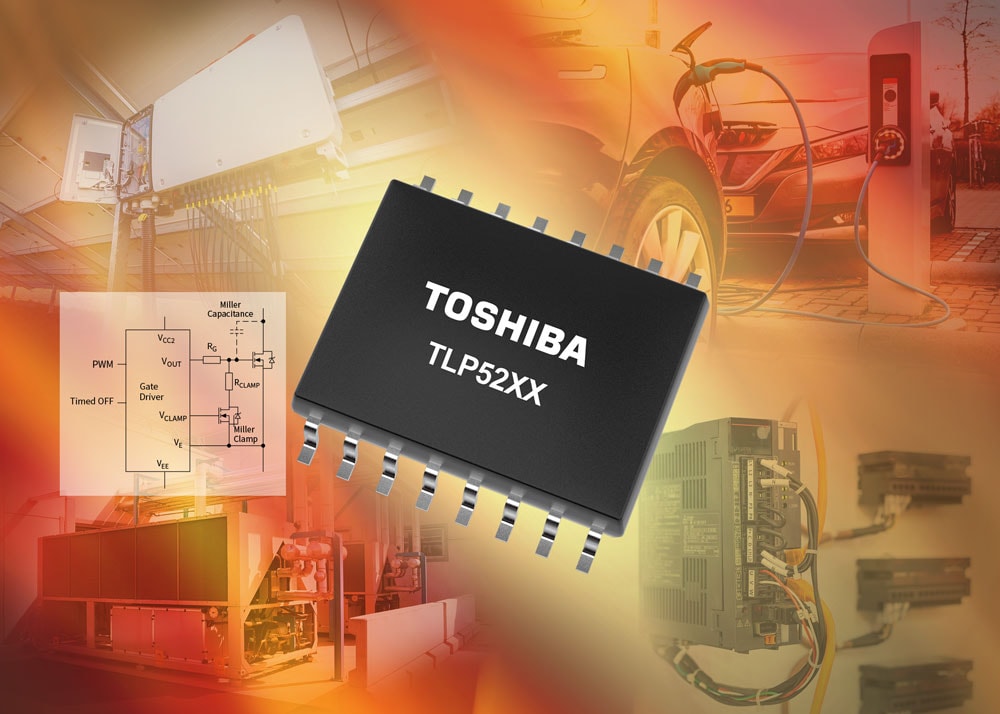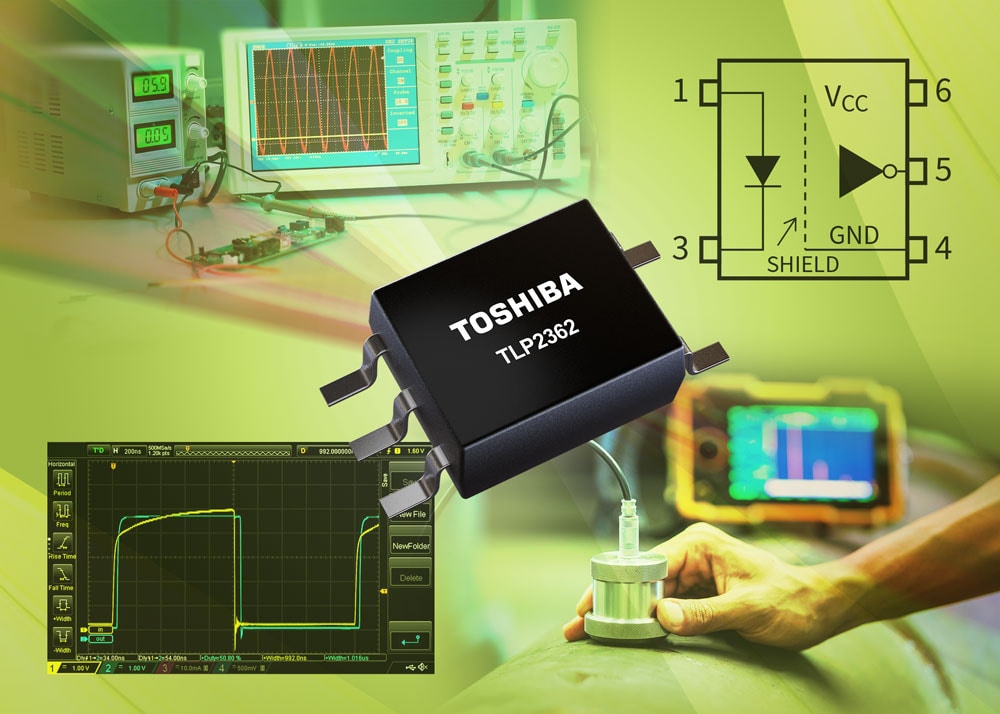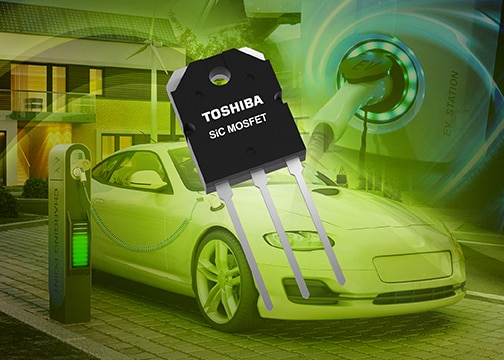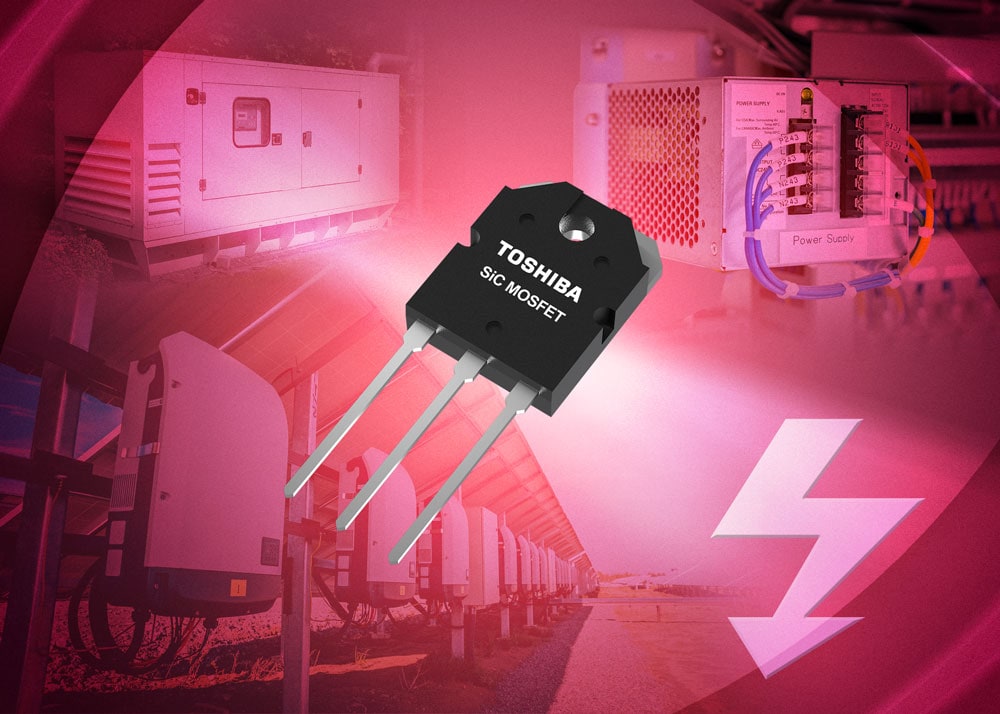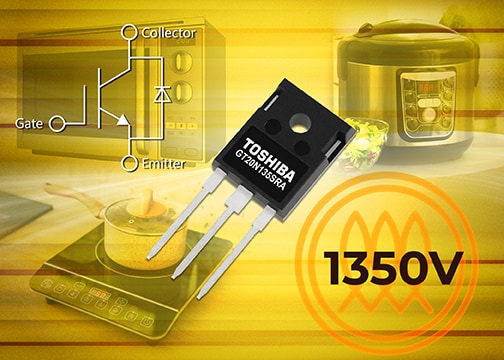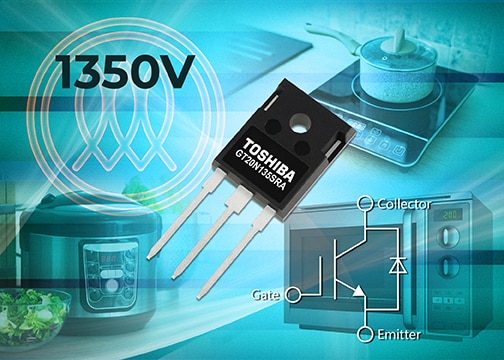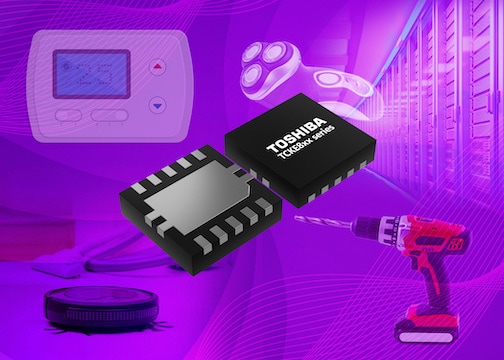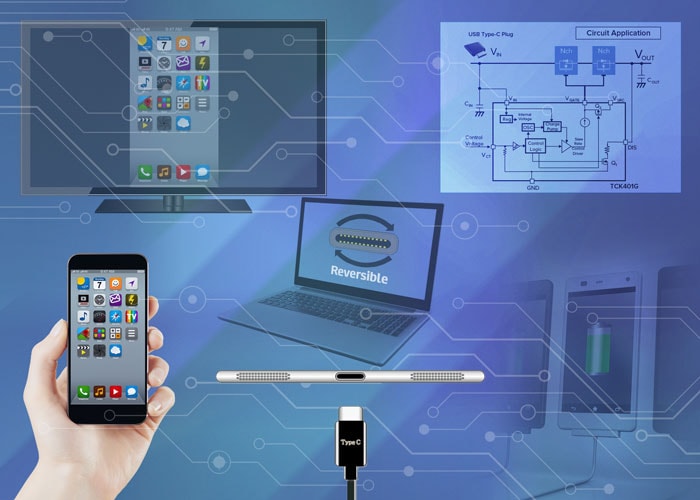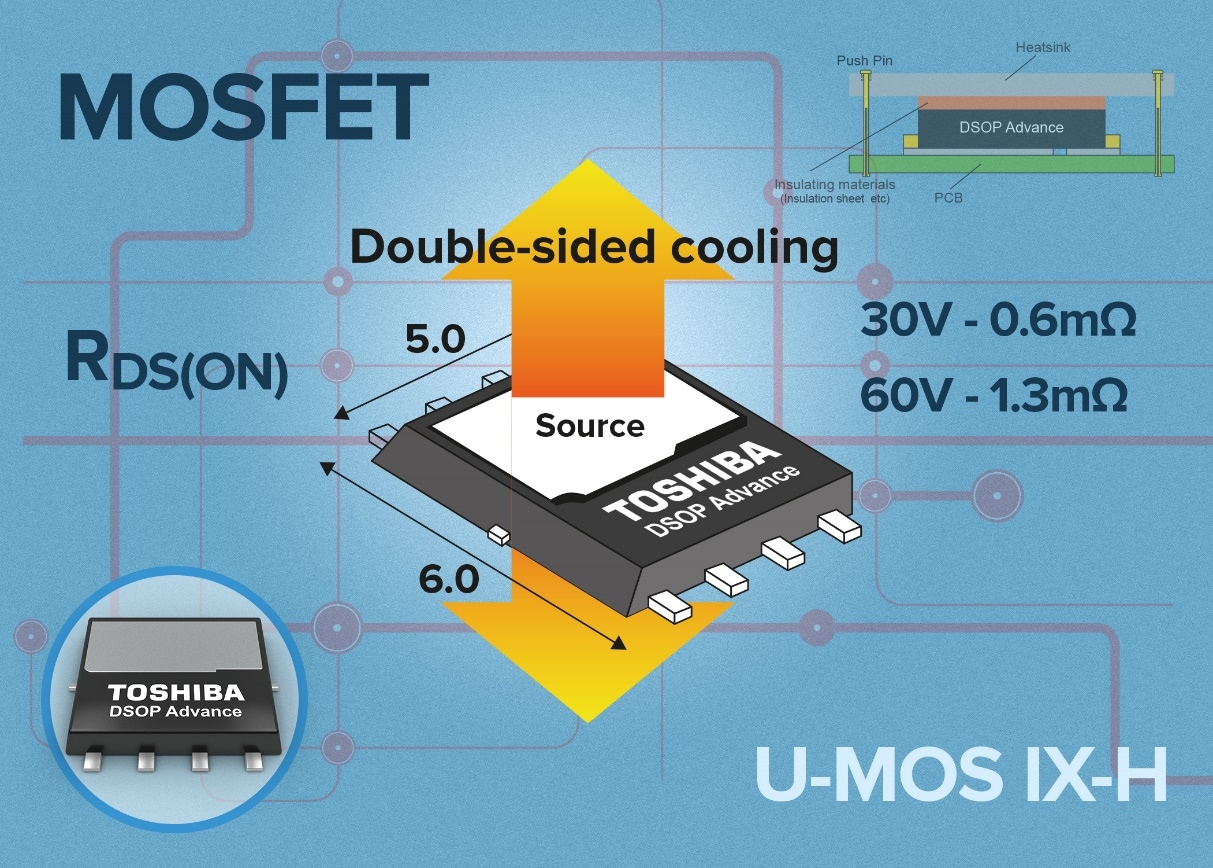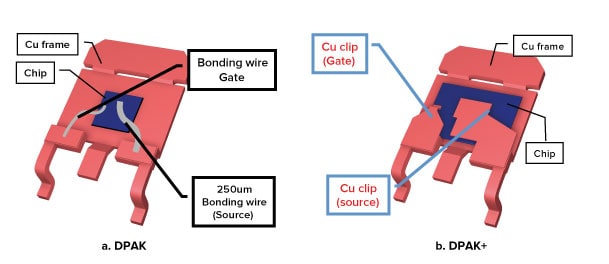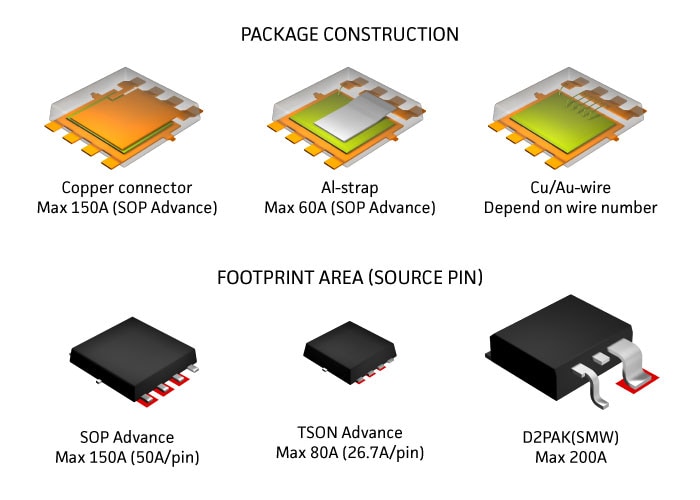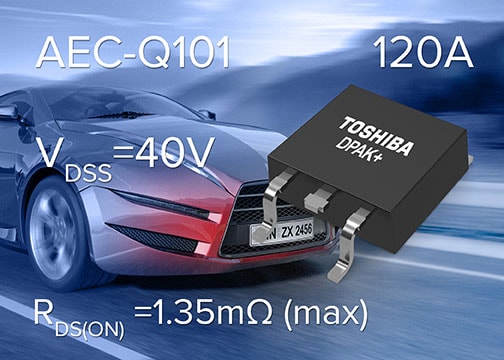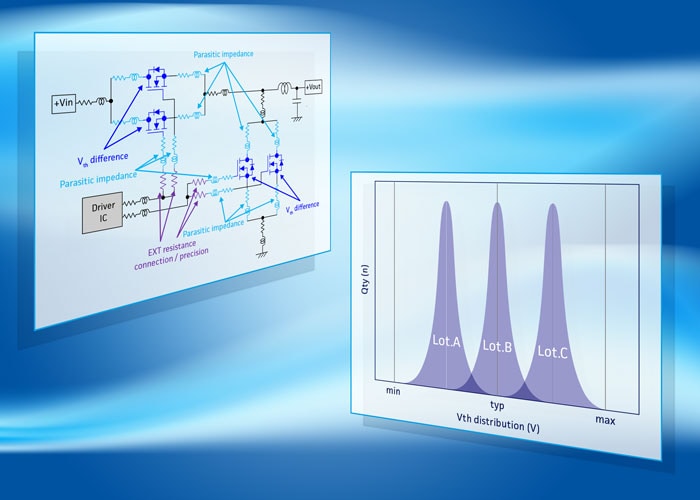- General Top
- SEMICONDUCTOR
- STORAGE
- COMPANY
-
My ToshibaSemicon
- Semiconductor Top
-
ApplicationsAutomotive
Body Electronics
xEV
In-Vehicle Infotainment
Advanced Driver-Assistance Systems (ADAS)
Chassis
IndustrialInfrastructure
BEMS/HEMS
Factory Automation
Commercial Equipment
Consumer/PersonalIoT Equipment
Healthcare
Wearable Device
Mobile
Computer Peripherals
-
ProductsAutomotive Devices
Discrete Semiconductor
Diodes
Transistors
Logic ICs
Analog Devices
Digital Devices
Wireless Devices
※
: Products list (parametric search)
Power SemiconductorsSiC Power Devices
※
: Products list (parametric search)
Isolators/Solid State RelaysPhotocouplers
Digital Isolators
Solid State Relays
Fiber Optic Transmitting Modules
※
: Products list (parametric search)
MOSFETsIGBTs/IEGTsBipolar Transistors※
: Products list (parametric search)
Diodes※
: Products list (parametric search)
MicrocontrollersMotor Driver ICsIntelligent Power ICs※
: Products list (parametric search)
Power Management ICsLinear ICs※
: Products list (parametric search)
General Purpose Logic ICsLinear Image SensorsOther Product ICsOther Product ICs
※
: Products list (parametric search)
-
Design & Development
Design & Development
Innovation Centre
At the Toshiba Innovation Centre we constantly strive to inspire you with our technologies and solutions. Discover how to place us at the heart of your innovations.
-
Knowledge
Knowledge
Highlighted Topics
Further Materials
Other
- Where To Buy
- Part Number & Keyword Search
- Cross Reference Search
- Parametric Search
- Stock Check & Purchase
This webpage doesn't work with Internet Explorer. Please use the latest version of Google Chrome, Microsoft Edge, Mozilla Firefox or Safari.
require 3 characters or more. Search for multiple part numbers fromhere.
The information presented in this cross reference is based on TOSHIBA's selection criteria and should be treated as a suggestion only. Please carefully review the latest versions of all relevant information on the TOSHIBA products, including without limitation data sheets and validate all operating parameters of the TOSHIBA products to ensure that the suggested TOSHIBA products are truly compatible with your design and application.Please note that this cross reference is based on TOSHIBA's estimate of compatibility with other manufacturers' products, based on other manufacturers' published data, at the time the data was collected.TOSHIBA is not responsible for any incorrect or incomplete information. Information is subject to change at any time without notice.
require 3 characters or more.
Designing USB Type-C: How to address power and data integrity challenges
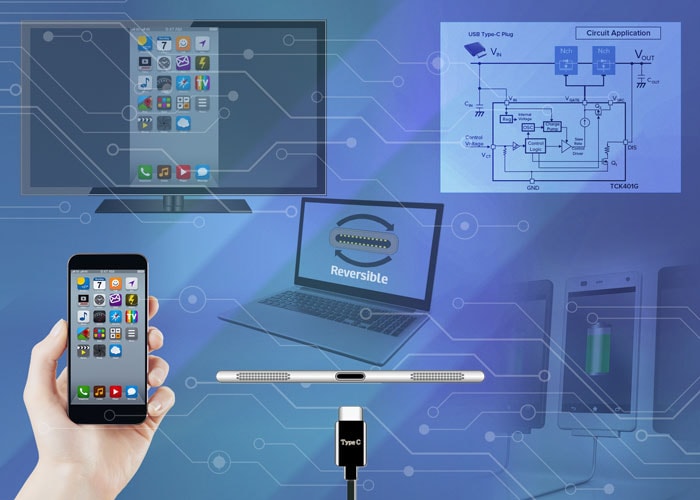
With an estimated 9-10 billion ports in operation, Universal Serial Bus (USB) has become the most commonly used interface technology in modern electronics/computing designs. Though the standard continues to evolve, it needs to do so in such a way that delivers extra functionality while maximising compatibility with widely proliferated previous generations. Elevated power levels and accelerated data rates present a variety of new challenges, not least in terms of long-term reliability and signal integrity.
Capitalising on USB’s ability to transfer power as well as data (and the efforts of international legislation to eliminate proprietary power adaptors from portable electronic goods), USB connectivity has become a globally ubiquitous method via which to carry out recharging. Airports and hotels now have dedicated USB charging points in abundance, while in domestic environments ‘wall-warts’ are used to connect USB interfaces to the AC mains. As USB technology has progressed, the 5V supply that USB 2.0 originally offered (which translated into an output of 2.5W and was mainly for powering computer peripherals) has been expanded by a series of higher power charging profiles - with 10W, 18W, 36W, 60W and 100W subsequently added to the USB power delivery specification. Through these far more rapid charging of electronics equipment has been made possible.
The latest iteration of the USB standard, USB Type-C, is a small, versatile, reversible-plug connector that redefines integrated data, power and connectivity. USB Type-C connects to both hosts and devices, thus replacing Type-A and Type-B connectors and cables. Building on the continued success of the USB standards, USB-C combines the SuperSpeed USB 10Gbps (USB3.1) data rates and the USB Power Delivery (PD) specification with a new miniaturised, flippable connector and bidirectional cable specification that offers extra convenience and versatility for end users.
The sensitivity of its high-speed transceivers means that USB Type-C needs greater protection from the threat of electro-static discharge (ESD). This can be achieved using bi-directional transient voltage suppression (TVS) diode arrays.
From a power delivery standpoint, the substantial rise in power levels mandates more sophisticated power management. This means that designers need to source ICs with highly effective thermal shutdown, under-voltage lockout and over-current protection mechanisms. Furthermore, these devices need to have small form factors and low on-resistance - so they do not impact heavily on the size, overall power consumption, or thermal characteristics of the interface.
Toshiba has produced a whitepaper showing how advanced ICs and discrete components can be specified to tackle the challenges of implementing effective USB Type-C designs. To access this white paper, click here:



